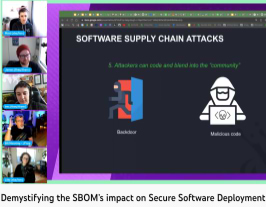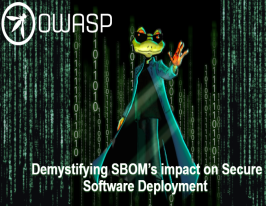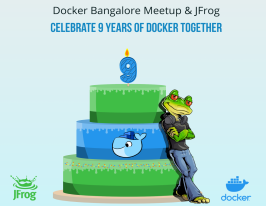Global security at maximum velocity: Multi-Region and hybrid DevSecOps @ AWS re:Invent 2022
Speaker: William Manning, Solutions Engineering Manager - Americas @JFrog
December 28, 2022
< 1 min read
Software development has become more global and companies are transforming themselves accordingly. Companies are going through digital transitions from their own infrastructure to AWS. In this lightning talk, learn how you can use the JFrog Platform to migrate from your own infrastructure to AWS and also how to help your development teams maintain consistency and security. The JFrog Platform is a world leader in SDLC management and supply chain security. Grow, go global, remain secure, and keep your velocity as an organization with full DevSecOps for everyone. This presentation is brought to you by JFrog, an AWS Partner.






